- Category
- Latest news
France Deploys Amphibious Task Group to Arctic Waters, Demonstrating Naval Power to Russia
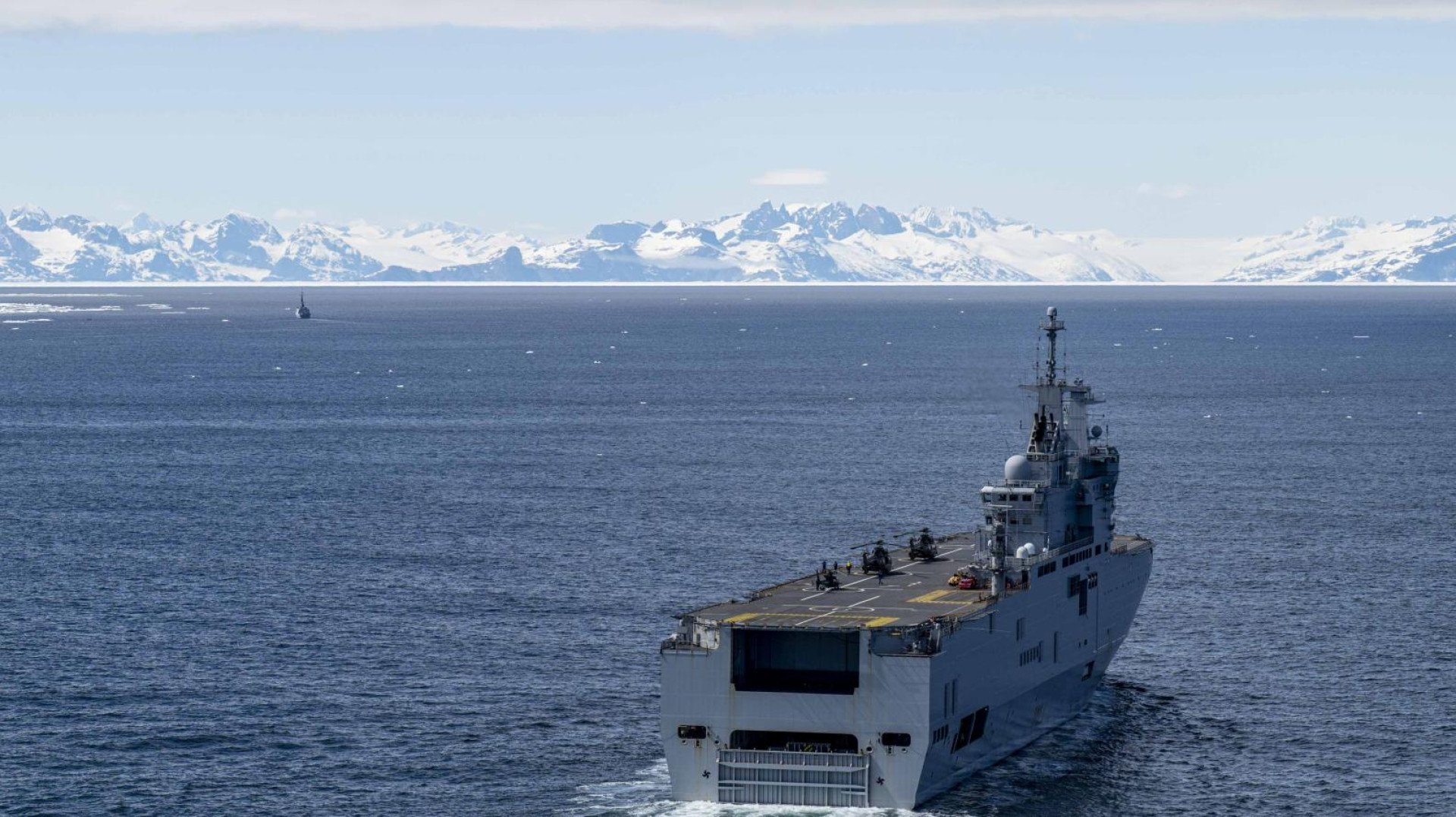
Amid rising strategic interest in the Arctic driven by climate change and shifting geopolitical dynamics, France is enhancing its global naval posture with a high-profile deployment near Greenland.
The French Navy’s Jeanne d’Arc 2025 task group is now operating in polar waters, demonstrating both France’s commitment to freedom of navigation and its capacity to project force in extreme environments, according to a report by Army Recognition on June 6.
The deployment, confirmed in a June 3 statement by the French Ministry of the Armed Forces, includes the amphibious helicopter carrier Mistral and the stealth frigate Surcouf.
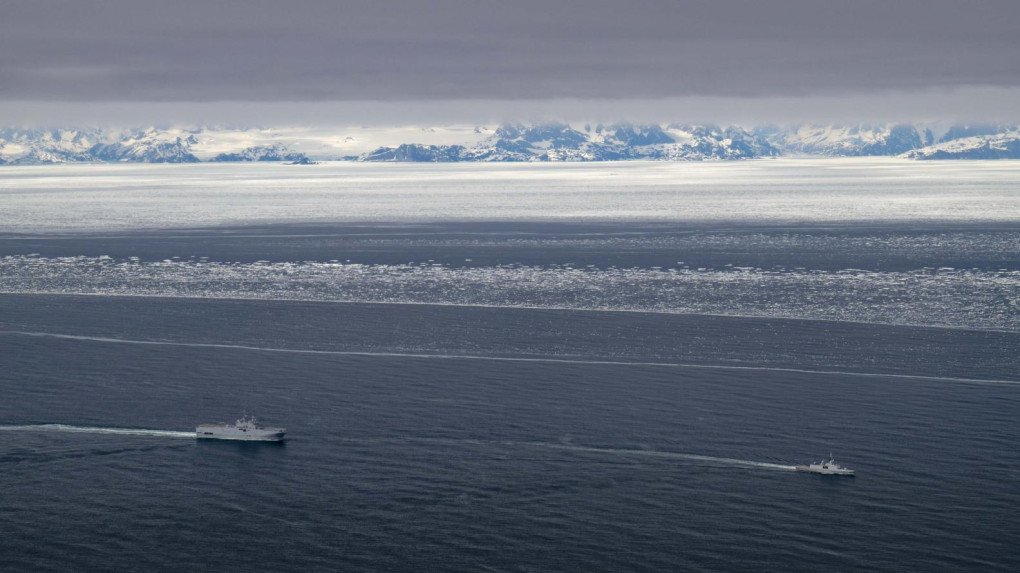
The group has been on a mission since February 2025, training future naval officers while showcasing France’s capacity for joint-force operations far from home waters.
After departing from West Africa and making stops in the French Caribbean and the overseas territory of Saint Pierre and Miquelon, the task group sailed northward into the Arctic.
The mission serves dual purposes: to challenge and train cadets in harsh polar conditions and to assert France’s maritime rights in a region that is rapidly becoming a theater of international rivalry.
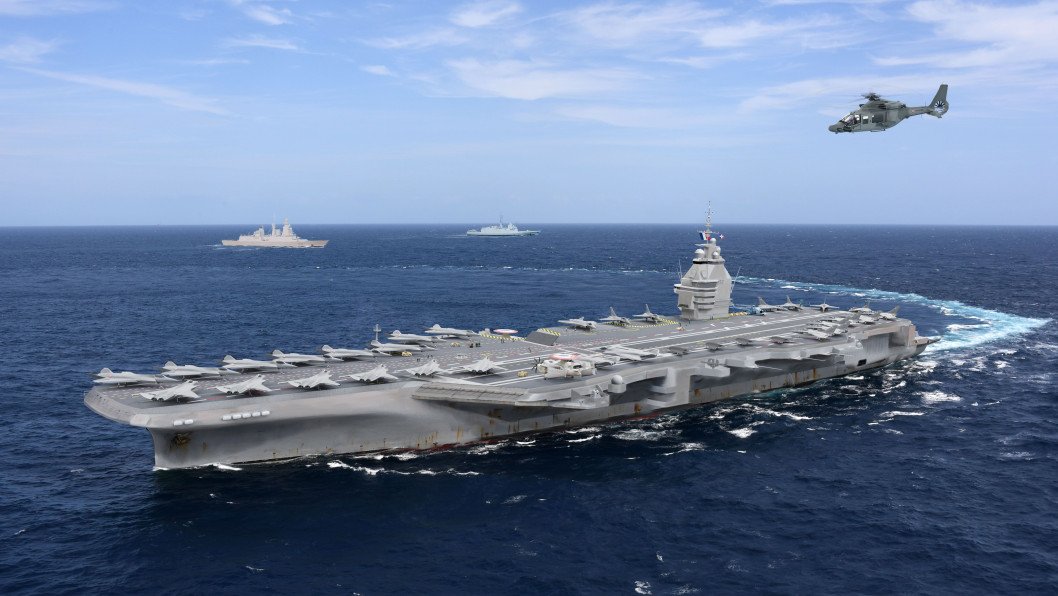
“Operating in such rare and demanding conditions sharpens our crews’ operational readiness,” the Navy noted, adding that the Arctic is no longer a peripheral zone but a key arena in global maritime strategy.
France’s decision to send a major amphibious force into the Arctic marks a clear message of intent: Paris aims to preserve its access to international waters and participate in shaping the future of high-latitude regions.
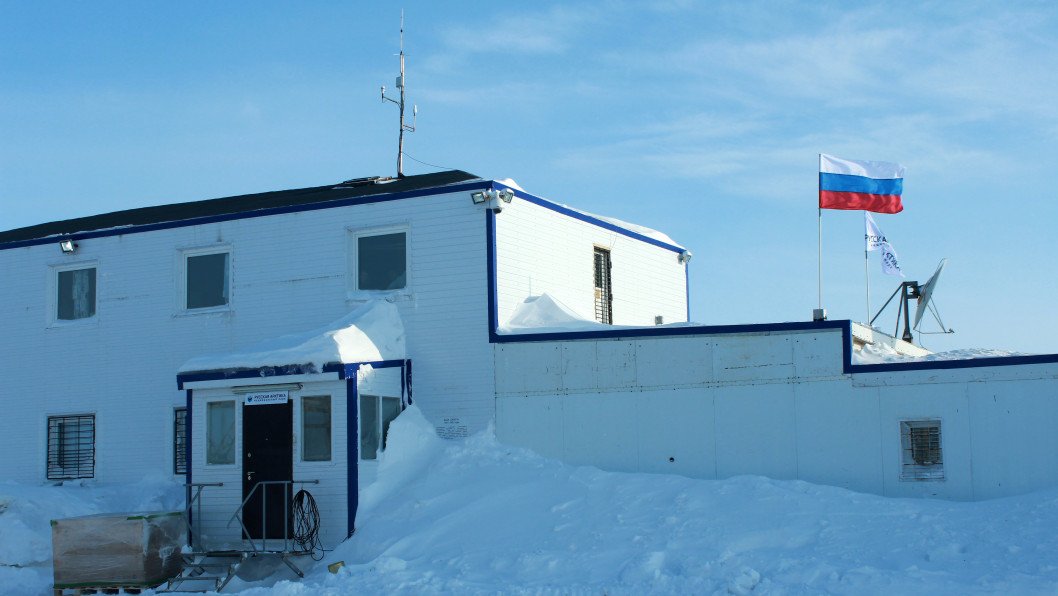
The Surcouf, a La Fayette-class frigate commissioned in 1997, embodies France’s early embrace of stealth naval design. At 125 meters long and displacing 3,600 tons, the ship is armed with eight Exocet anti-ship missiles, a 100 mm gun, and multiple air defense and electronic warfare systems. Its range of 7,000 nautical miles and ability to operate helicopters make it well-suited for cold-region deployments.
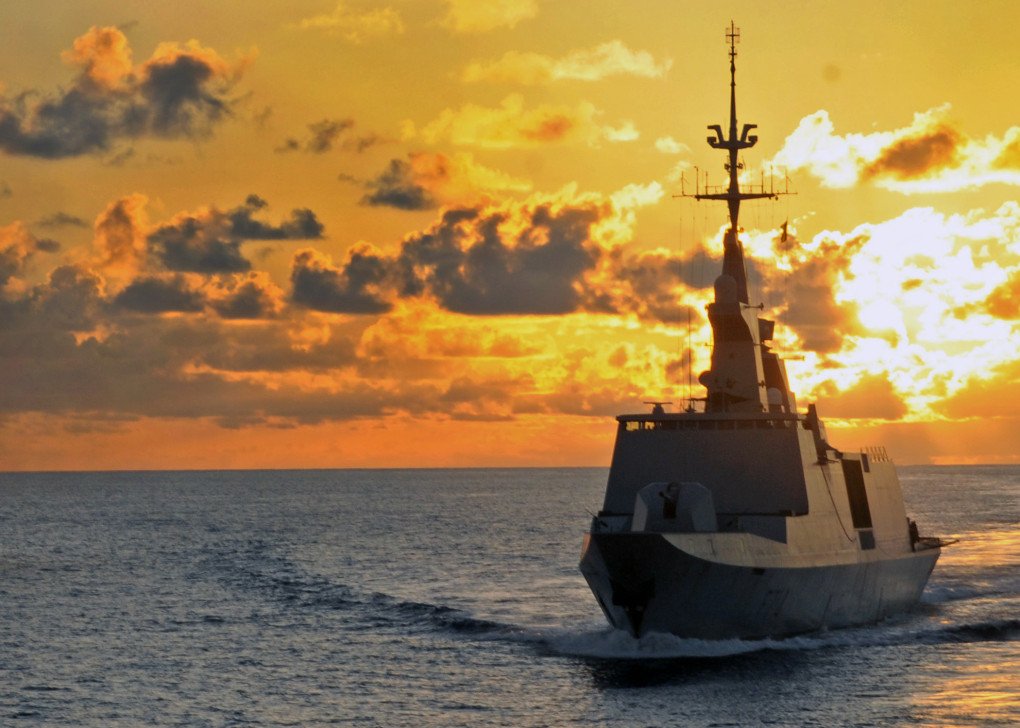
The Mistral, meanwhile, serves as a core platform for power projection. Measuring nearly 200 meters in length and displacing over 32,000 tons when fully loaded, the ship boasts a 6,400 m² flight deck and can carry up to 16 helicopters. It supports up to 450 personnel and includes advanced command and medical facilities, enabling it to serve as a floating headquarters or humanitarian platform. With a range exceeding 19,000 nautical miles, the Mistral can deploy globally with ease.
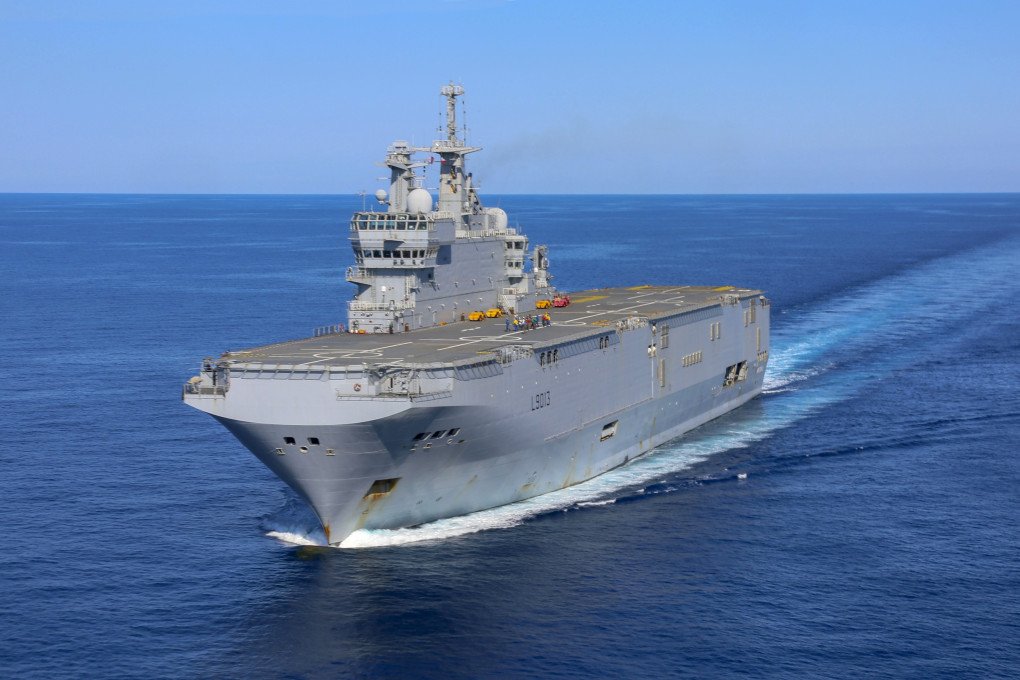
The task group’s combat and support units include detachments from the Foreign Legion’s 13th Demi-Brigade, the 1st Foreign Cavalry, and Engineer Regiments, and an airmobile component from the 5th Combat Helicopter Regiment.
Their air assets include Cougar and Gazelle helicopters, a Dauphin from Flottille 34F, and a Camcopter S-100 drone from Flottille 36F. Two landing craft round out the group’s amphibious capabilities.
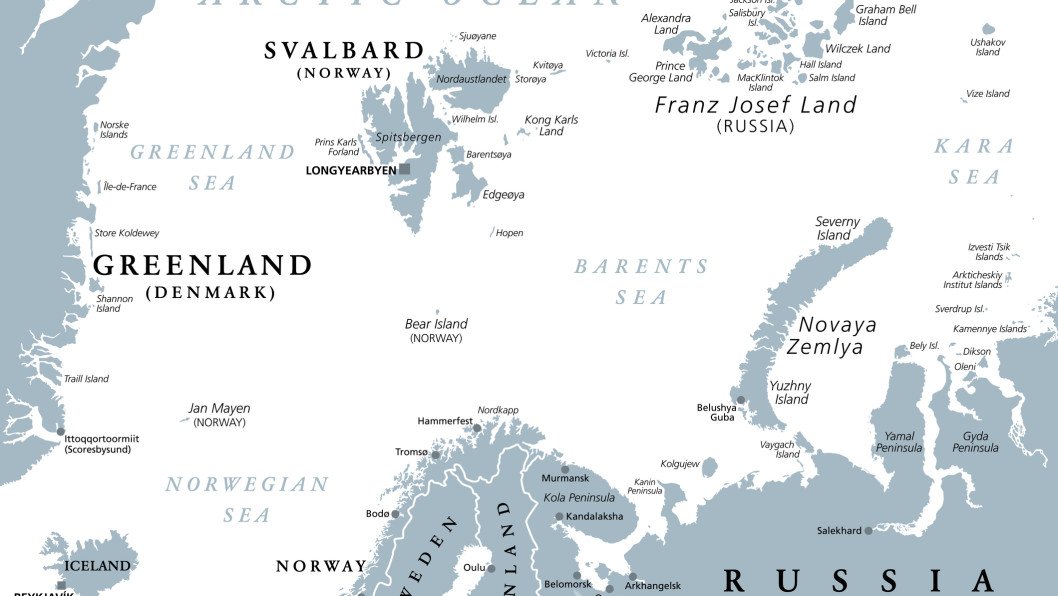
Along the way, the Jeanne d’Arc group has conducted exercises with US, Brazilian, and Norwegian forces. It has also supported ongoing French operations such as Mission Corymbe in the Gulf of Guinea and anti-smuggling missions in the Caribbean.
The group is now expected to visit Reykjavik before continuing to Norway and concluding its northern deployment with a diplomatic port call in Copenhagen, underscoring French-Danish maritime cooperation.
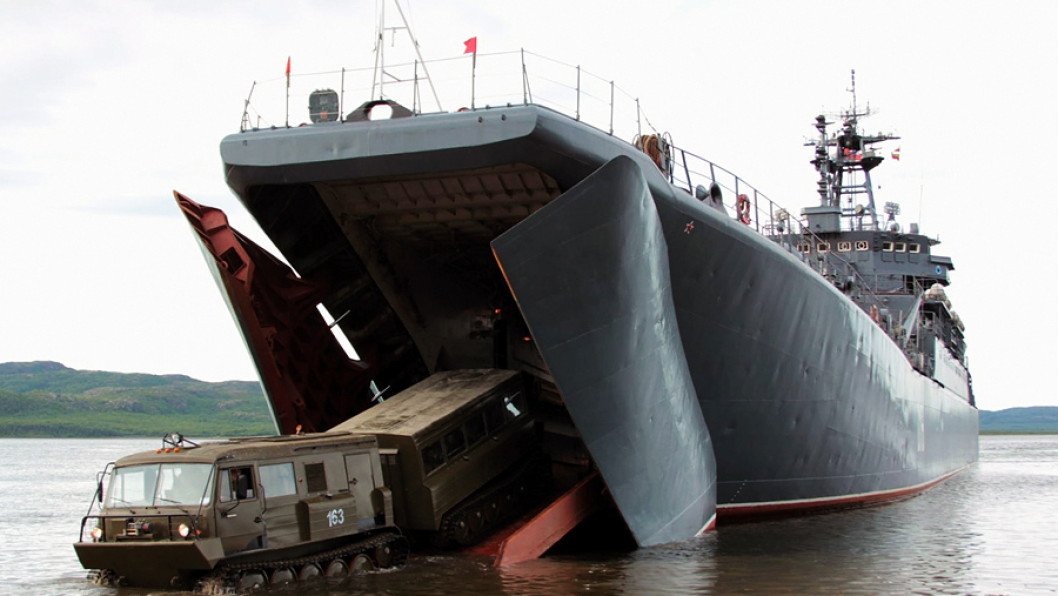
Earlier, reports emerged that Russia was making progress on one of its two Project 23900 Ivan Rogov-class amphibious assault ships, promoted as the most powerful vessels ever intended for the Black Sea Fleet. However, the project remains behind schedule.
The Project 23900 vessels were developed as Russia’s domestic replacement for the French-built Mistral-class amphibious assault ships, which Moscow had initially intended to acquire before the deal was canceled in 2014 due to international sanctions following the start of the Russian invasion of Ukraine in 2014.



-111f0e5095e02c02446ffed57bfb0ab1.jpeg)



-72b63a4e0c8c475ad81fe3eed3f63729.jpeg)